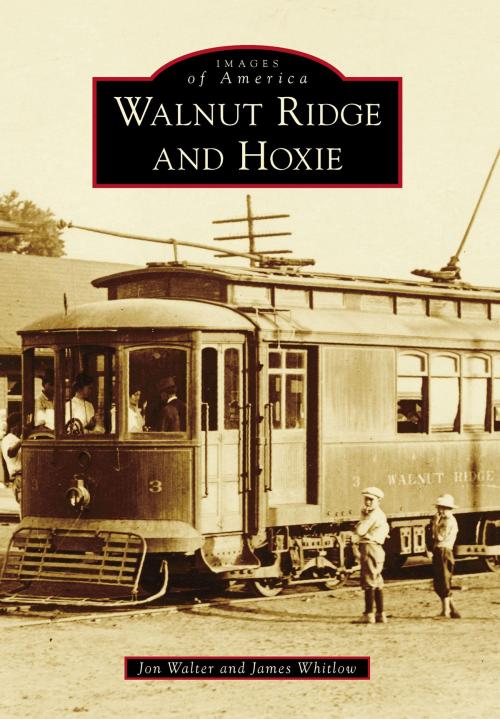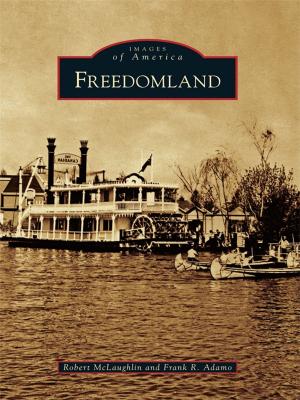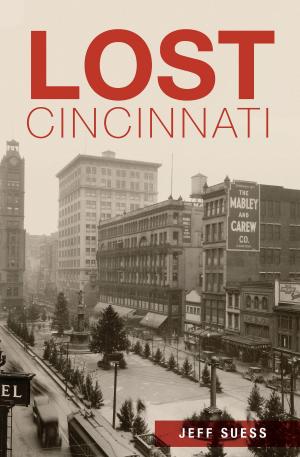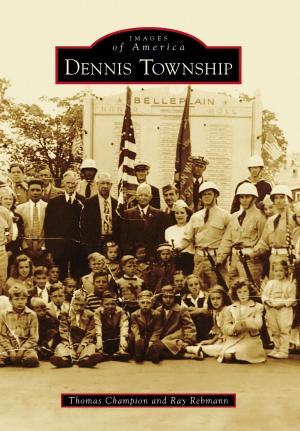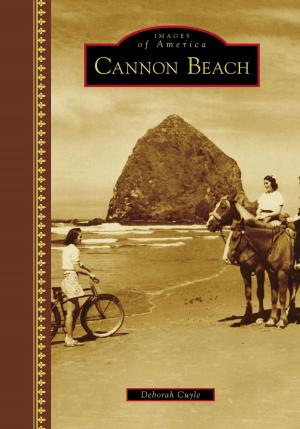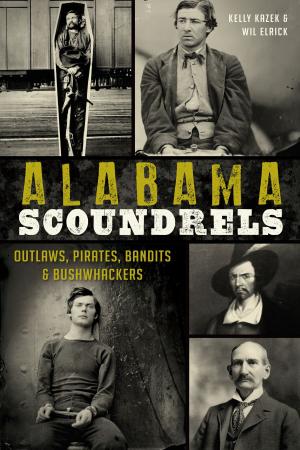| Author: | Jon Walter, James Whitlow | ISBN: | 9781439655573 |
| Publisher: | Arcadia Publishing Inc. | Publication: | January 25, 2016 |
| Imprint: | Arcadia Publishing | Language: | English |
| Author: | Jon Walter, James Whitlow |
| ISBN: | 9781439655573 |
| Publisher: | Arcadia Publishing Inc. |
| Publication: | January 25, 2016 |
| Imprint: | Arcadia Publishing |
| Language: | English |
When word came to "Old" Walnut Ridge that the railroad was coming, Col. Willis Miles Ponder moved the entire settlement a few miles, cleared a site for a depot, and platted the new town in 1874. Not long after, Hoxie was formed when Henry and Mary Boas offered a right-of-way for another railroad through their land just south of Walnut Ridge. Born by the railroads, the towns have been joined at the hip ever since. By 1889, there was a mule-drawn streetcar connecting the two towns, replaced by an electric streetcar in 1904. Hit hard by the Depression, the towns were saved in part when Walnut Ridge was selected as the home of a World War II Army Air Field, resulting in an influx of 4,000 people. This facility is now used as a city airport, industrial park, and home of Williams Baptist College. Images of America: Walnut Ridge and Hoxie illustrates the boom times and the struggles of these towns through their first 100 years.
When word came to "Old" Walnut Ridge that the railroad was coming, Col. Willis Miles Ponder moved the entire settlement a few miles, cleared a site for a depot, and platted the new town in 1874. Not long after, Hoxie was formed when Henry and Mary Boas offered a right-of-way for another railroad through their land just south of Walnut Ridge. Born by the railroads, the towns have been joined at the hip ever since. By 1889, there was a mule-drawn streetcar connecting the two towns, replaced by an electric streetcar in 1904. Hit hard by the Depression, the towns were saved in part when Walnut Ridge was selected as the home of a World War II Army Air Field, resulting in an influx of 4,000 people. This facility is now used as a city airport, industrial park, and home of Williams Baptist College. Images of America: Walnut Ridge and Hoxie illustrates the boom times and the struggles of these towns through their first 100 years.
